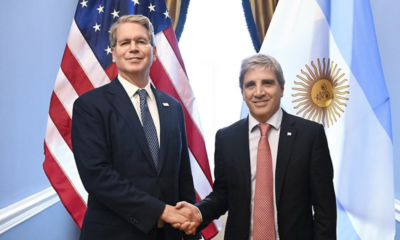INTERNACIONAL
Hamas ‘hardens’ stance in ceasefire talks as Netanyahu recalls negotiation team

NEWYou can now listen to Fox News articles!
Ceasefire negotiations between Israel and the Hamas terrorist organization hit a setback Thursday, as Prime Minister Benjamin Netanyahu recalled Israel’s negotiating delegation from Doha following what officials described as a hardening of Hamas’ demands.
«In light of the response Hamas delivered this morning, it has been decided to recall the negotiating team for further consultations in Israel,» the Prime Minister’s Office said in a statement. «We appreciate the efforts of the mediators, Qatar and Egypt, and the efforts of envoy Steve Witkoff to achieve a breakthrough in the talks.»
According to reports in Israeli media, the terror group is now demanding the release of 200 Palestinians serving life sentences for murdering Israelis, and an additional 2,000 Palestinians detained in Gaza after Oct. 7. That demand significantly exceeds the previous mediator-backed framework – reportedly accepted by Israel – which included the release of 125 life-term prisoners and 1,200 other detainees.
HUCKABEE HITS BACK AT WESTERN COUNTRIES THAT ‘SIDE’ WITH TERROR GROUP HAMAS
Palestinians carry aid supplies from the U.S.-backed Gaza Humanitarian Foundation, in Khan Younis, in the southern Gaza Strip, May 29, 2025. (Reuters/Hatem Khaled)
«The return of the delegation is not a collapse or a crisis, but the gaps are significant and present across all core issues,» a senior Israeli official told Channel 12. Another official confirmed to U.S. Middle East envoy Steve Witkoff that Hamas’ updated prisoner exchange terms are «unacceptable.»
A joint statement by 25 countries condemning Israel’s conduct in Gaza may have further complicated already fragile ceasefire negotiations, Israeli officials suggested. In response to the condemnation, Israel’s Foreign Ministry issued a sharply worded statement, warning, «At these sensitive moments in the ongoing negotiations, it is better to avoid statements of this kind.
«Israel rejects the joint statement published by a group of countries, as it is disconnected from reality and sends the wrong message to Hamas.» The ministry added that «all statements and all claims should be directed at the only party responsible for the lack of a deal for the release of hostages and a ceasefire: Hamas, which started this war and is prolonging it.»
Hostage families expressed deep concern about the breakdown in negotiations. «The families are watching with concern as reports emerge about the negotiating team’s return,» the Hostages and Missing Families Forum said in a statement. «Every day that passes endangers the hostages’ chances of recovery and the ability to locate the dead. Another missed opportunity to bring everyone home would be unforgivable – a moral, security, and diplomatic failure.»
The negotiations, which have dragged on for weeks, are part of a proposed U.S.-backed deal involving a 60-day ceasefire in exchange for the release of some 50 remaining Israeli hostages, a phased release of Palestinian prisoners and expanded humanitarian aid to Gaza.

Hamas terrorists take up positions ahead of a hostage release in Deir al-Balah, central Gaza Strip, Feb. 8, 2025. (AP)
Hamas is also demanding that Israeli troops withdraw to positions held before March 2, when the last ceasefire collapsed, and that the Rafah crossing between Gaza and Egypt reopen in both directions. The group further opposes the newly established U.S.-backed Gaza Humanitarian Fund, demanding that aid distribution return to the previous U.N.-supervised mechanism.

Relatives and supporters of Israeli hostages held captive in the Gaza Strip since the Oct. 7 attack in southern Israel hold their portraits at Hostages Square in Tel Aviv on May 28, 2025, to mark 600 days of their captivity and demand their release and an end to the war. (Ahmad Gharabli/AFP via Getty Images)
A Hamas official told Reuters the group is insisting on a return to a Jan. 19 protocol for aid entry, and that ceasefire negotiations must include a clause preventing Israel from resuming military operations after the 60-day truce – even if a broader deal is not reached.
At the center of the deadlock is the growing humanitarian crisis. The U.N. and international aid groups warn that hundreds of thousands of people in Gaza face severe food insecurity. It is claimed that civilians in the north have been forced to survive on animal feed and foraged plants, while chaotic aid distributions in the south have repeatedly turned deadly.

Lt. Gen. Eyal Zamir, the chief of the General Staff, conducts a field tour in the Rafah area of the Gaza Strip. (IDF)
ISRAEL ACCEPTS TRUMP-LED CEASEFIRE PLAN THAT COULD END GAZA WAR WITHIN 60 DAYS
In response to mounting pressure, Israel is visibly increasing the pace of aid deliveries. On Thursday, COGAT (Coordinator of Government Activities in the Territories) reported that 70 aid trucks were transferred into Gaza on Wednesday through the Zikim and Kerem Shalom crossings. The shipments, primarily food, were delivered under IDF coordination with the U.N. and humanitarian organizations.
COGAT said more than 150 trucks were collected inside Gaza, but warned that over 800 trucks remain uncollected at the crossings due to logistical breakdowns on the Palestinian side.
The Gaza Humanitarian Foundation (GHF) stated on X that it offered on Wednesday to deliver the U.N.’s tons of aid sitting in Gaza for free. John Acree, GHF’s interim director, said, «We’ve seen aid by the U.N. and other organization(s) being piled near the borders but not being delivered.»
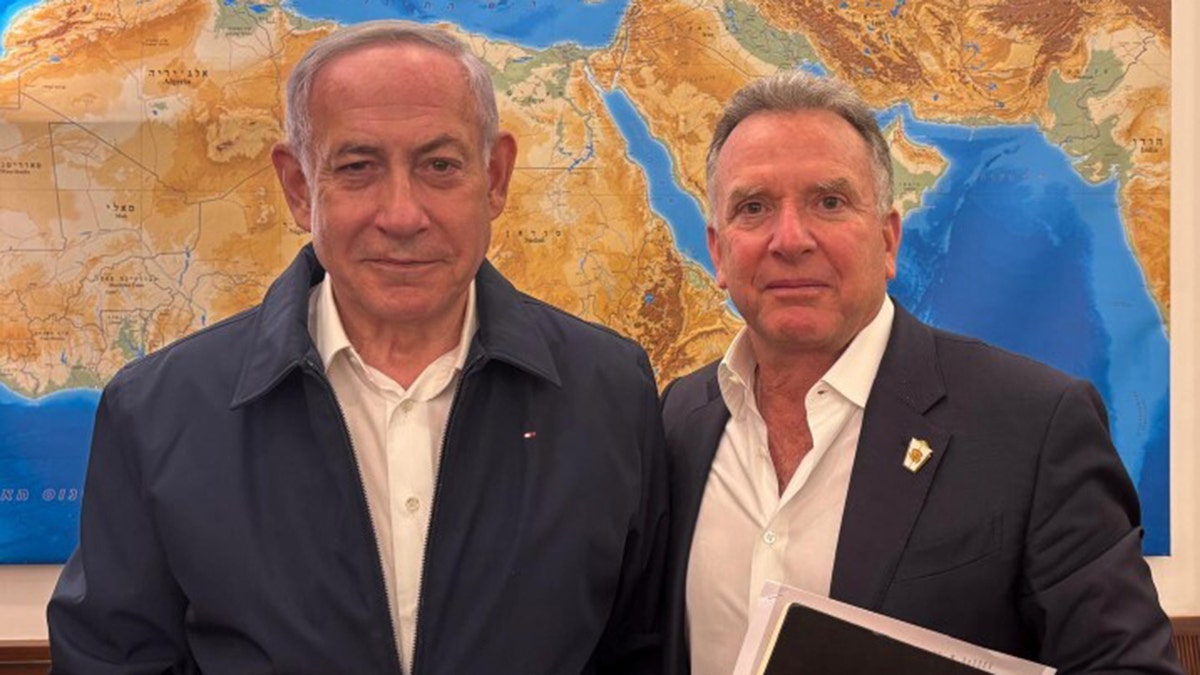
Prime Minister Netanyahu meets with Steve Witkoff, special envoy to the Middle East. (Prime Minister’s Media Adviser)
Israeli journalist Nadav Eyal reported Thursday that senior defense officials say they’ve been instructed by the political echelon to «greatly speed up the entry of humanitarian aid into Gaza» and to «be less concerned with precautions or plans to keep it out of Hamas’ hands.»
CLICK HERE TO GET THE FOX NEWS APP
As talks stall and military activity resumes, Israeli officials warn that the window for a deal may be closing. «There are still significant gaps,» one source told Channel 12. «The negotiations are not over – but time is running out.»
INTERNACIONAL
Top Republican slams Katherine Clark for admitting suffering families are ‘leverage’ in shutdown battle
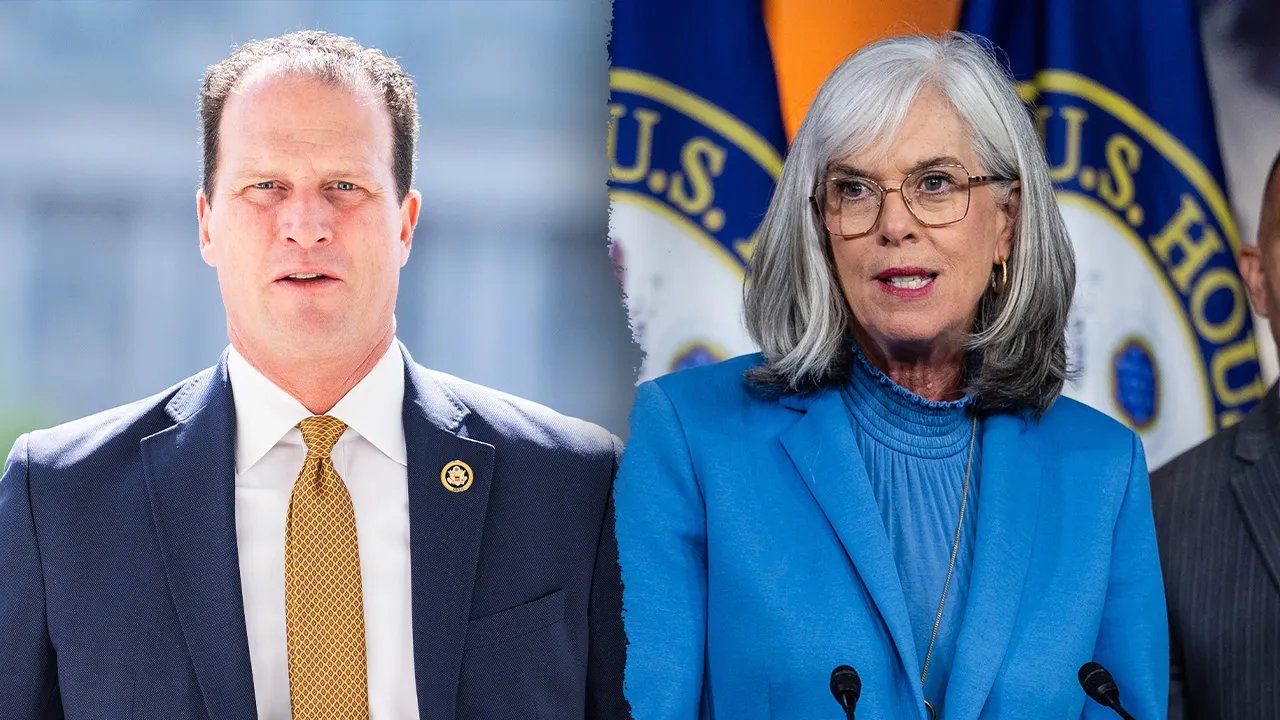
NEWYou can now listen to Fox News articles!
EXCLUSIVE: A top House Republican is criticizing one of Democrats’ senior leaders for saying the government shutdown and its effects are a «leverage point» to accomplish their goals on healthcare.
«It’s appalling to see the number two House Democrat openly admit that the left is weaponizing hardworking Americans as ‘leverage’ for political gain, even acknowledging families will suffer in the process,» Republican Study Committee Chair August Pfluger, R-Texas, told Fox News Digital.
«This isn’t governance — it’s calculated hostage-taking, with struggling families caught in the balance as Democrats attempt to force through their radical agenda. Families are seen only as leverage by Democrats. We always knew it, now they’re saying it out loud. Absolutely shameful.»
House Minority Whip Katherine Clark, D-Mass., sat down for an interview with Fox News’ Chad Pergram last week. At one point, Clark was asked about who Americans would find responsible for the ongoing shutdown.
BATTLEGROUND REPUBLICANS HOLD THE LINE AS JOHNSON PRESSURES DEMS ON SHUTDOWN
Republican Study Committee Chairman August Pfluger is criticizing House Minority Whip Katherine Clark’s comments in a recent interview on the government shutdown. (Tom Williams/CQ-Roll Call, Inc via Getty Images; Eric Lee/Bloomberg via Getty Images)
«I mean, shutdowns are terrible and, of course, there will be, you know, families that are going to suffer. We take that responsibility very seriously. But it is one of the few leverage times we have,» Clark responded.
«It is an inflection point in this budget process where we have tried to get the Republicans to meet with us and prioritize the American people, and it’s been an absolute refusal, and they were willing to let government shut down when they control the House, the Senate and the White House rather than come and talk about an issue as important to the American people is if they can afford healthcare.»
Fox News Digital reached out to Clark’s office for a response to Pfluger’s comments.

The government is in a shutdown after Congress failed to reach an agreement on federal funding. (Getty Images)
The government shutdown is now in its 23rd day after Senate Democrats rejected the GOP’s federal funding bill for a 12th time on Wednesday evening.
Republicans proposed a measure that would keep federal funding roughly flat until Nov. 21, a spending patch called a continuing resolution (CR), so that negotiators would have more time to strike a longer-term deal on fiscal year (FY) 2026.
The bill passed the House largely along partisan lines on Sept. 19.
But Democrats have been pushing for any funding deal to include an extension of Obamacare subsidies that were enhanced during the COVID-19 pandemic. Those enhancements are set to expire at the end of 2025.
Republican leaders have signaled a willingness to negotiate on those subsidies, but have ruled out doing so in the current package.
SCREAMING MATCH ERUPTS BETWEEN HAKEEM JEFFRIES, MIKE LAWLER AS GOVERNMENT SHUTDOWN CHAOS CONTINUES

Speaker of the House Mike Johnson speaks during a news conference at the U.S. Capitol on the 10th day of the federal government shutdown in Washington, Oct. 10, 2025. (Alex Wroblewski/AFP via Getty Images)
CLICK HERE TO GET THE FOX NEWS APP
«Mike Johnson said, we have an eternity to talk about this, an eternity. This impact of the ACA is in the next few weeks,» Clark said. «Yes, there are repercussions to a shutdown that are terrible for people.»
She continued, «I feel for military families that even if they get paid, you know, there are lots of spouses that also work that are feeling these cuts because we’ve encouraged military spouses to become federal workers to accommodate all the travel and moving that military families so frequently experience. And now we’re saying to them, you’re not going to be paid for your work. I mean, let’s get it together here. The Republicans need to come to town. They need to sit down with us.»
Republicans have seized on Clark’s comments in recent days, however.
House GOP Chairwoman Lisa McClain, R-Mich., said in a statement on Wednesday, «Democrats are holding American families hostage to advance their political agenda, and they’re admitting it.»
house of representatives politics,politics,republicans,government shutdown
INTERNACIONAL
Los submarinos que contrabandean cocaína a través de océanos y mares
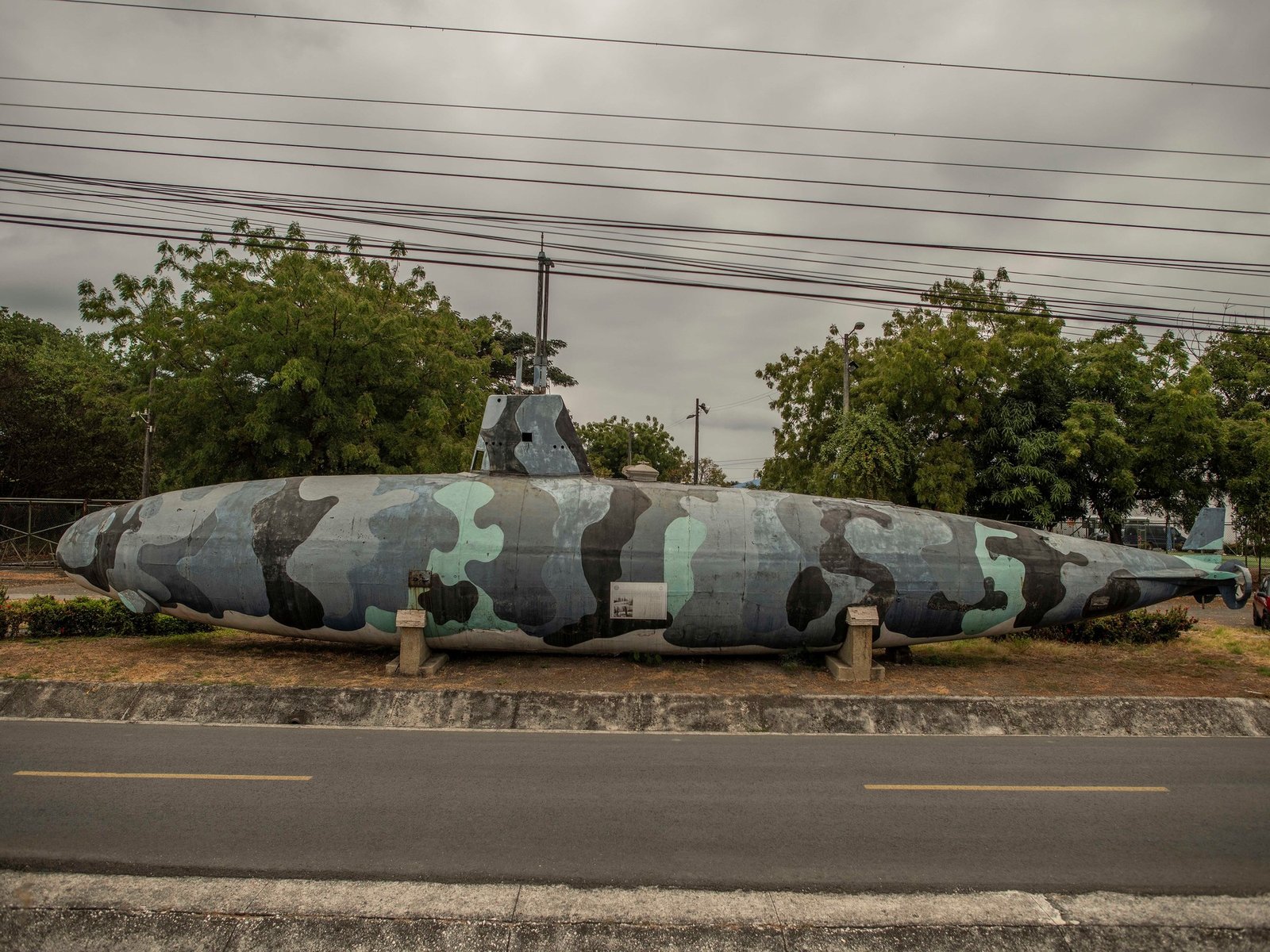
Transporte
Amenaza
INTERNACIONAL
Louvre director grilled on spectacular security failures, including camera pointing away from key balcony
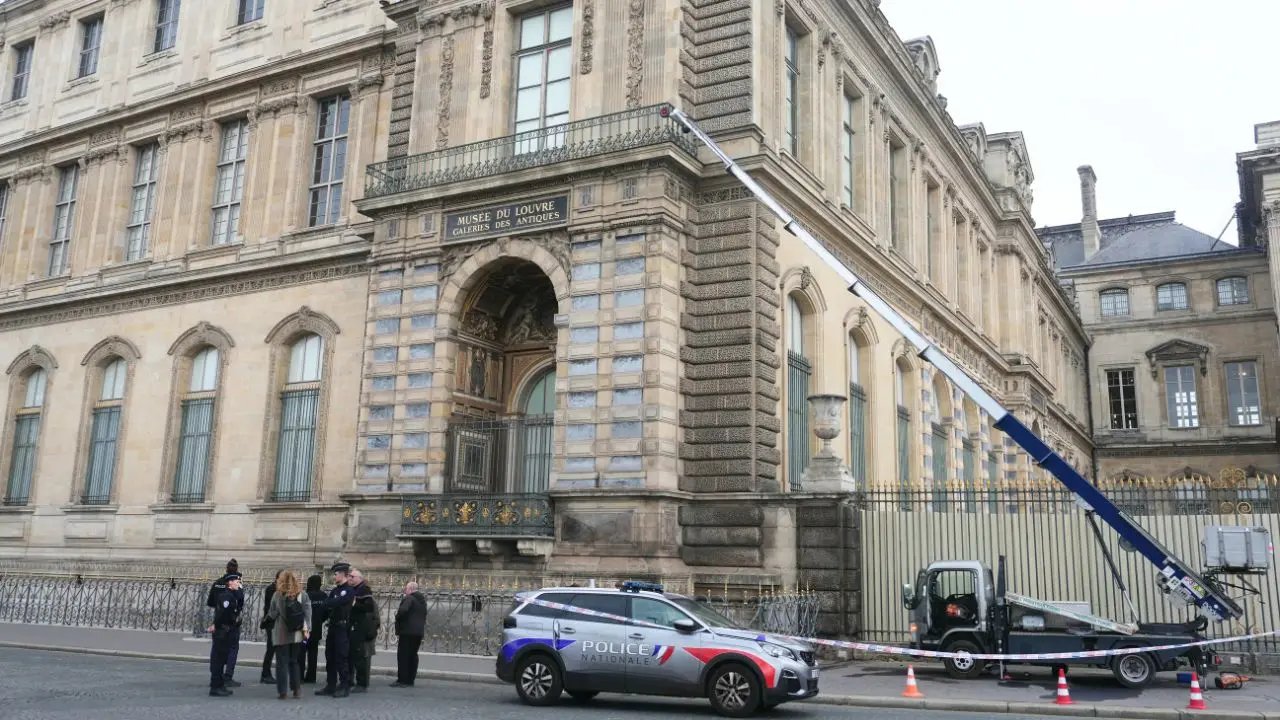
NEWYou can now listen to Fox News articles!
The director of Paris’ iconic Louvre Museum is facing scrutiny over apparent security failures that allowed thieves to make off with more than $100 million worth of jewels.
In her first public address since the heist, Louvre Museum director Laurence des Cars acknowledged there was a «terrible failure» and said, «Despite our efforts, despite our hard work on a daily basis, we failed,» The Guardian reported.
Des Cars admitted that security around the Louvre’s perimeter was an issue and that the only camera monitoring the outside of the museum was facing away from the balcony that led to the gallery where the precious jewels were kept, according to reports. The Guardian also noted that des Cars confirmed all the museum’s alarms were functioning during the burglary.
LOUVRE HEIST ADDS TO HISTORY OF HIGH-PROFILE MUSEUM BREACHES, LEAVES OTHER GALLERIES ON EDGE
Louvre Museum director Laurence des Cars made her first public remarks since the recent jewelry heist at a press conference on Oct. 22, 2025, in Paris, France. (Edward Berthelot/Getty Images)
«We failed these jewels,» des Cars said, according to the BBC. The outlet also quoted the director as saying that no one is safe from «brutal thieves — not even the Louvre.»
On Sunday, burglars appeared to use a truck-mounted electric furniture lift to conduct the heist, Laure Beccuau, the Paris prosecutor, said in an interview with RTL radio, according to The New York Times. She added that the thieves obtained the lift by pretending it was for a move. Additionally, Beccuau noted that it would not be easy for burglars to sell the stolen jewels for what they’re worth if they tear the pieces apart or melt them, according to the Times.

Police secure the area outside the Louvre Museum in Paris, where burglars used a truck-mounted moving lift to reach a second floor window and steal royal jewelry valued at more than $100 million. (Dimitar DILKOFF / AFP)
HOW LOUVRE BURGLARS OBTAINED TRUCK-MOUNTED LIFT TO MAKE OFF WITH JEWELS WORTH MORE THAN $100M
The thieves got away with a total of eight objects, including a sapphire diadem, necklace and single earring from a set linked to 19th-century queens Marie-Amélie and Hortense. They also stole an emerald necklace and earrings tied to Empress Marie-Louise, Napoleon Bonaparte’s second wife, and a reliquary brooch. Empress Eugénie’s diamond diadem and her large corsage-bow brooch — an imperial ensemble of rare craftsmanship — were also part of the loot.
«The theft committed at the Louvre is an attack on a heritage that we cherish, for it is our history,» French President Emmanuel Macron said in an X post on Sunday. «We will recover the works, and the perpetrators will be brought to justice. Everything is being done, everywhere, to achieve this, under the leadership of the Paris prosecutor’s office.»
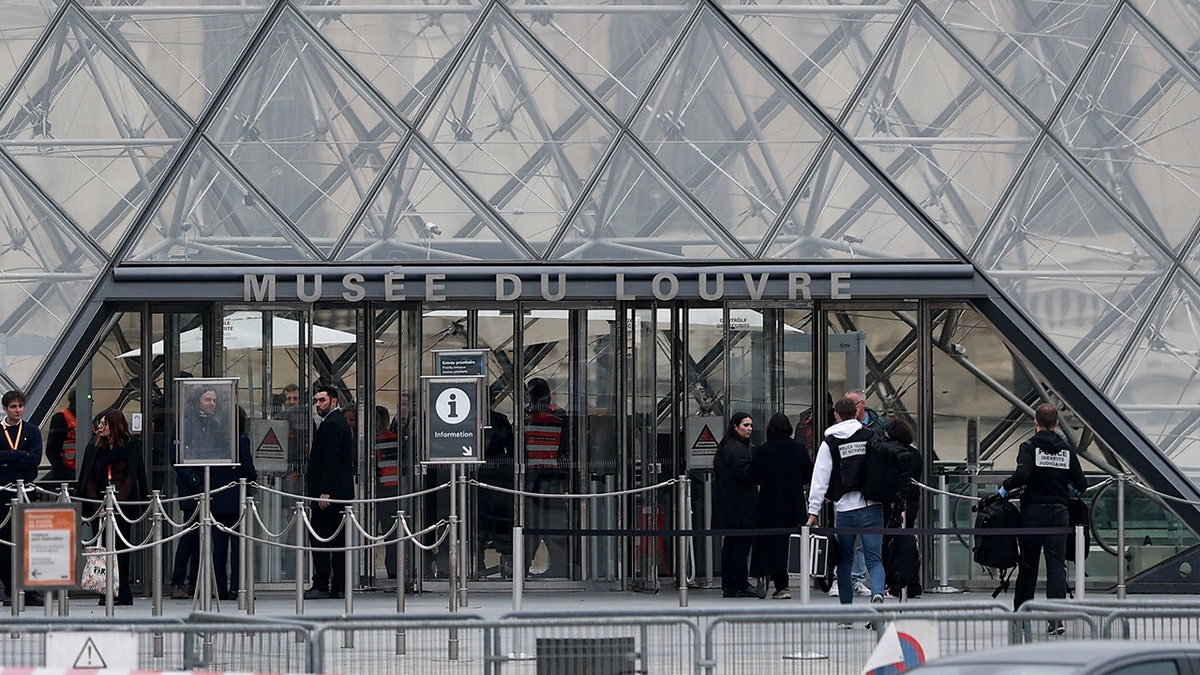
Forensic police officers arrive at the Louvre Museum after reports of a robbery in Paris, France, on Oct. 19, 2025. (Gonzalo Fuentes/Reuters)
CLICK HERE TO DOWNLOAD THE FOX NEWS APP
The heist has prompted a national reckoning, with some officials comparing the shock to the 2019 burning of Notre Dame cathedral. Beccuau told RTL radio that the team investigating the heist had grown from 60 investigators to 100, underscoring the importance of the case on national and international levels.
Fox News Digital’s Michael Dorgan contributed to this report.
crime,france,emmanuel macron,museums exhibits

 DEPORTE23 horas ago
DEPORTE23 horas agoUniversidad de Chile vs. Lanús, por la Copa Sudamericana: día, horario y cómo verlo por TV

 CHIMENTOS3 días ago
CHIMENTOS3 días agoLa conductora y el periodista de C5N que festejaron el día de la madre anunciado su embarazo: «Mejor que dos son tres»

 ECONOMIA2 días ago
ECONOMIA2 días agoScott Bessent oficializó el swap con la Argentina y afirmó: “No queremos otro Estado fallido en América Latina”















